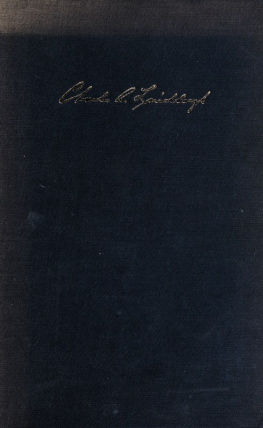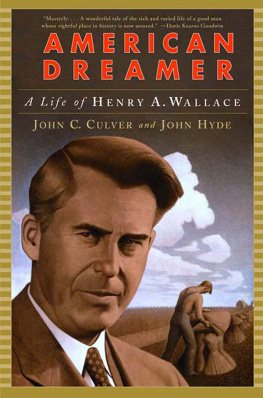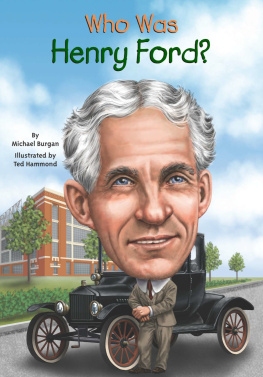Wallace - The American axis : Henry Ford, Charles Lindbergh, and the rise of the Third Reich
Here you can read online Wallace - The American axis : Henry Ford, Charles Lindbergh, and the rise of the Third Reich full text of the book (entire story) in english for free. Download pdf and epub, get meaning, cover and reviews about this ebook. City: New York, year: 2003, publisher: St. Martin’s Press, genre: Detective and thriller. Description of the work, (preface) as well as reviews are available. Best literature library LitArk.com created for fans of good reading and offers a wide selection of genres:
Romance novel
Science fiction
Adventure
Detective
Science
History
Home and family
Prose
Art
Politics
Computer
Non-fiction
Religion
Business
Children
Humor
Choose a favorite category and find really read worthwhile books. Enjoy immersion in the world of imagination, feel the emotions of the characters or learn something new for yourself, make an fascinating discovery.

- Book:The American axis : Henry Ford, Charles Lindbergh, and the rise of the Third Reich
- Author:
- Publisher:St. Martin’s Press
- Genre:
- Year:2003
- City:New York
- Rating:3 / 5
- Favourites:Add to favourites
- Your mark:
The American axis : Henry Ford, Charles Lindbergh, and the rise of the Third Reich: summary, description and annotation
We offer to read an annotation, description, summary or preface (depends on what the author of the book "The American axis : Henry Ford, Charles Lindbergh, and the rise of the Third Reich" wrote himself). If you haven't found the necessary information about the book — write in the comments, we will try to find it.
With unprecedented access to declassified FBI and military intelligence files, Wallace reveals how the close friendship and ideological bond between automotive pioneer Ford and aviator Lindbergh culminated in an abuse of power that helped strengthen Hitlers regime and undermined the Allied war effort. Wallace traces Henry Fords ties to Nazi Germany back as far as the 1920s, presenting compelling evidence of a financial paper trail proving that Ford subsidized the rise to power of Adolph Hitler, who described Ford as my inspiration. For the first time, the genesis of Fords notorious Anti-Semitism is uncovered: The American Axis proves that Fords private secretary and life-long confidante was a German spy, who channeled his employers Jew-baiting crusades to further the cause of the Third Reich.
Lindberghs own anti-Semitism and white-Supremacist views captured the attention of the Nazis, who soon manipulated him in their clandestine Fifth Column efforts. As the first unauthorized biographer to gain access to the Lindbergh archives, Wallace paints a substantially more chilling portrait of Lindberghs pre-war activities than any previous historian and produces new evidence that the Nazis secretly plotted to install Lindbergh as the leader of the movement to keep America out of World War Two.
The most controversial corporate investigation since IBM and the Holocaust, the book reveals that the Ford Motor Companys military and political complicity in the Third Reich war effort was considerably stronger than the company has acknowledged and that a US Army post-war investigation concluded that the company had become an arsenal of Nazism. Wallace disputes a recent internal investigation into the use of slave labor at Fords German plant during World War II - which company officials claimed as a vindication of its wartime activities - and reveals that corporate President Edsel Ford was about to be indicted by the US government for Trading With the Enemy at the time of his 1943 death.
The American Axis is not only a mesmerizing, cautionary tale, but a compelling historical expos.
Wallace: author's other books
Who wrote The American axis : Henry Ford, Charles Lindbergh, and the rise of the Third Reich? Find out the surname, the name of the author of the book and a list of all author's works by series.


















